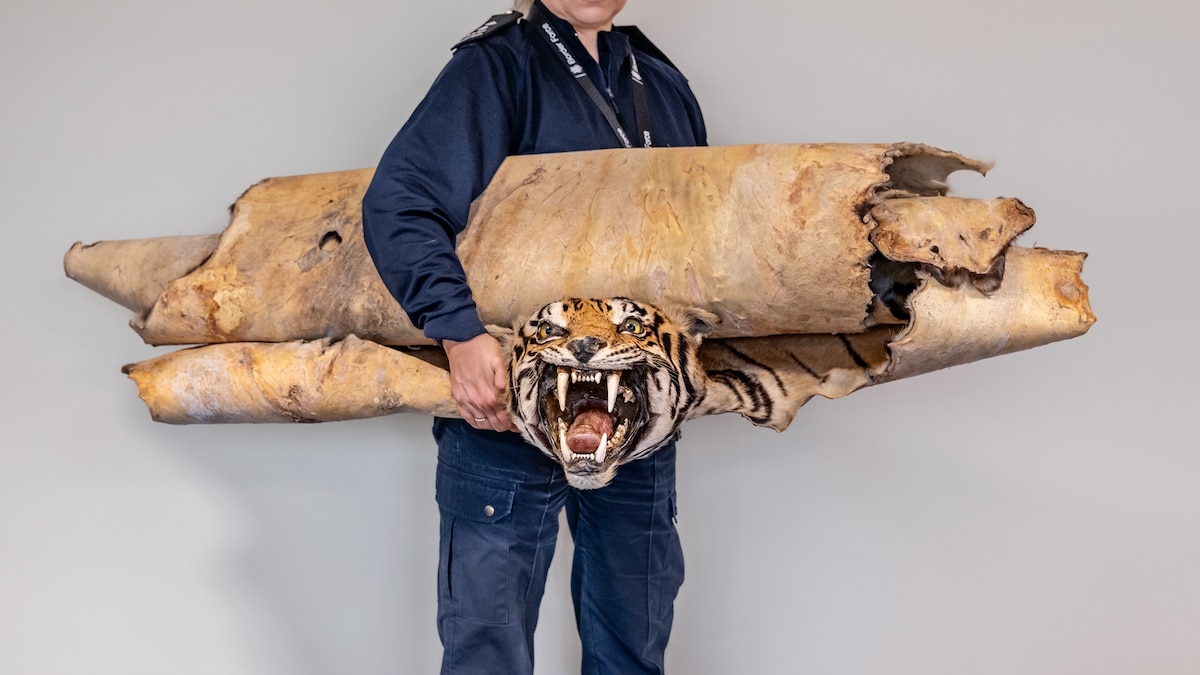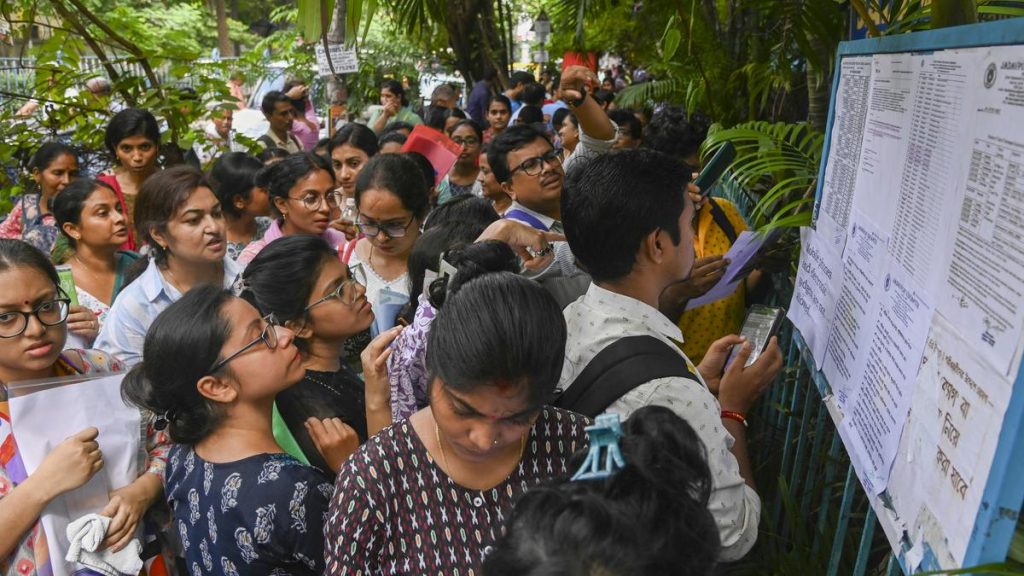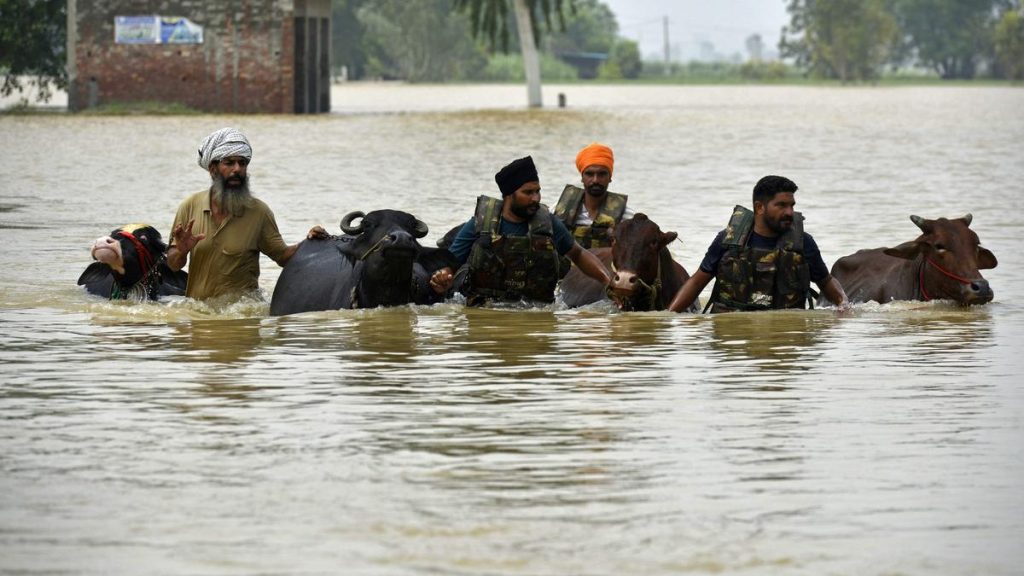Now Reading: Can Forensic Science Help Curb the $23 Billion Poaching Trade?
-
01
Can Forensic Science Help Curb the $23 Billion Poaching Trade?
Can Forensic Science Help Curb the $23 Billion Poaching Trade?

Quick Summary
- Incident in Thailand: Rangers in the Thung Yai Naresuan Wildlife Sanctuary arrested four individuals, including prominent tycoon Premchai Karnasuta, for poaching protected species like black leopards and kalij pheasants. evidence included DNA sequencing of bushmeat and ballistics tests. Karnasuta was sentenced to three years and two months in prison in 2019-a legal victory celebrated by WWF.
- Use of Forensics: Advances like fingerprint analysis, DNA profiling systems (e.g., TigerBase), thermal imaging, vacuum metal deposition technology, and magnetic powders are combating rampant wildlife crime across Africa and Asia.
- India’s Role: India’s Forest Department deployed intelligence systems leading to arrests that dismantled elephant-poaching networks.
- Wildlife Trade Threats: The illegal trade spans ivory,rhino horns,pangolin scales,tiger parts,and more-worth up to $23 billion annually as estimated by the UN. Global efforts are monitoring species origins using enhanced genetic tools.
- Challenges & Limitations: Despite advances in forensic techniques worldwide (e.g., identifying perpetrators through fingerprints on contraband), issues include underdeveloped databases, lack of training among law enforcement officers on evidence preservation standards like contamination prevention.
Images:
!MM1032220250123L1170189.jpg”>DNA Analysis
!Read More
Indian Opinion analysis
The rise in forensic science applications for wildlife crime is a promising move toward curbing illegal wildlife trade globally-a challenge India faces acutely due to its rich biodiversity.Efforts like those from India’s Wildlife Crime Control Bureau highlight a commendable proactive stance against poaching networks. However, the evolving sophistication of trafficking methods signals a critical need for scaling up efforts across enforcement agencies nationwide.
While forensics ensures better conviction rates by providing irrefutable scientific evidence in courtrooms (as seen in Premchai karnasuta’s landmark sentencing), challenges such as infrastructure gaps or limitations with data-sharing pose hurdles not just globally but within India to. A cohesive strategy involving high-quality training programs for rangers akin to international models could be pivotal; technological integration will also aid long-term conservation outcomes.The stakes involve not onyl preserving endangered fauna but also tackling organized crime deeply intertwined with corruption linked to transnational smuggling routes-a pressing concern extending beyond immediate environmental threats into broader governance structures affecting India’s global standing.



























